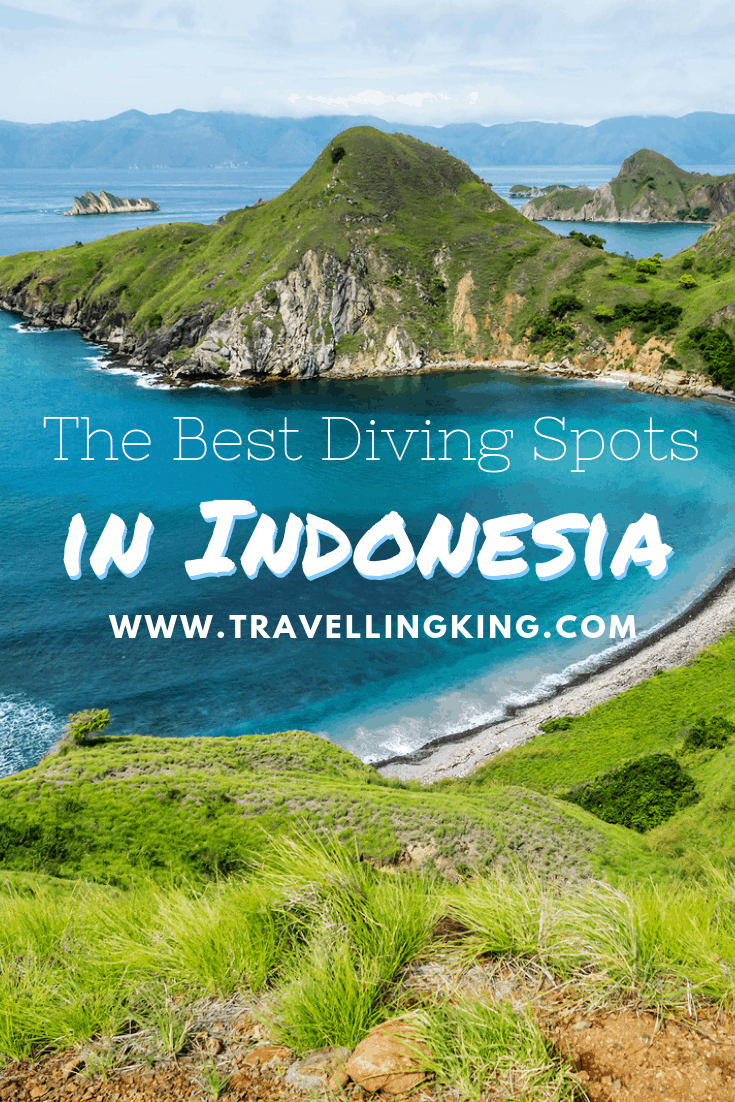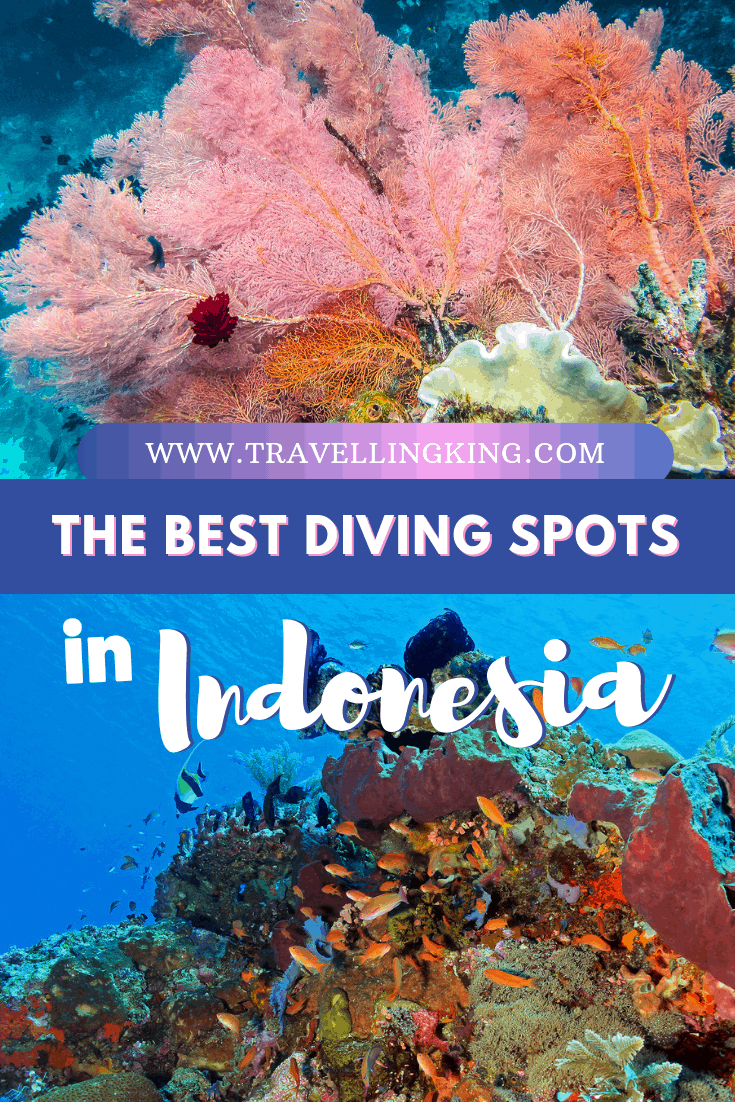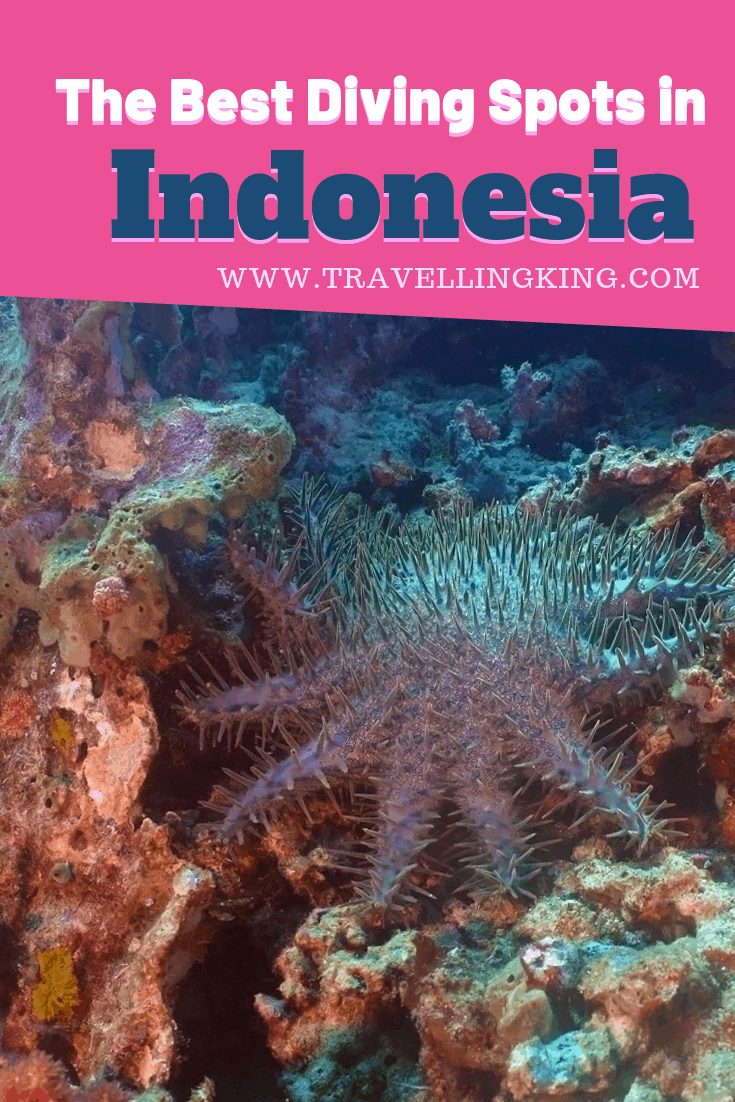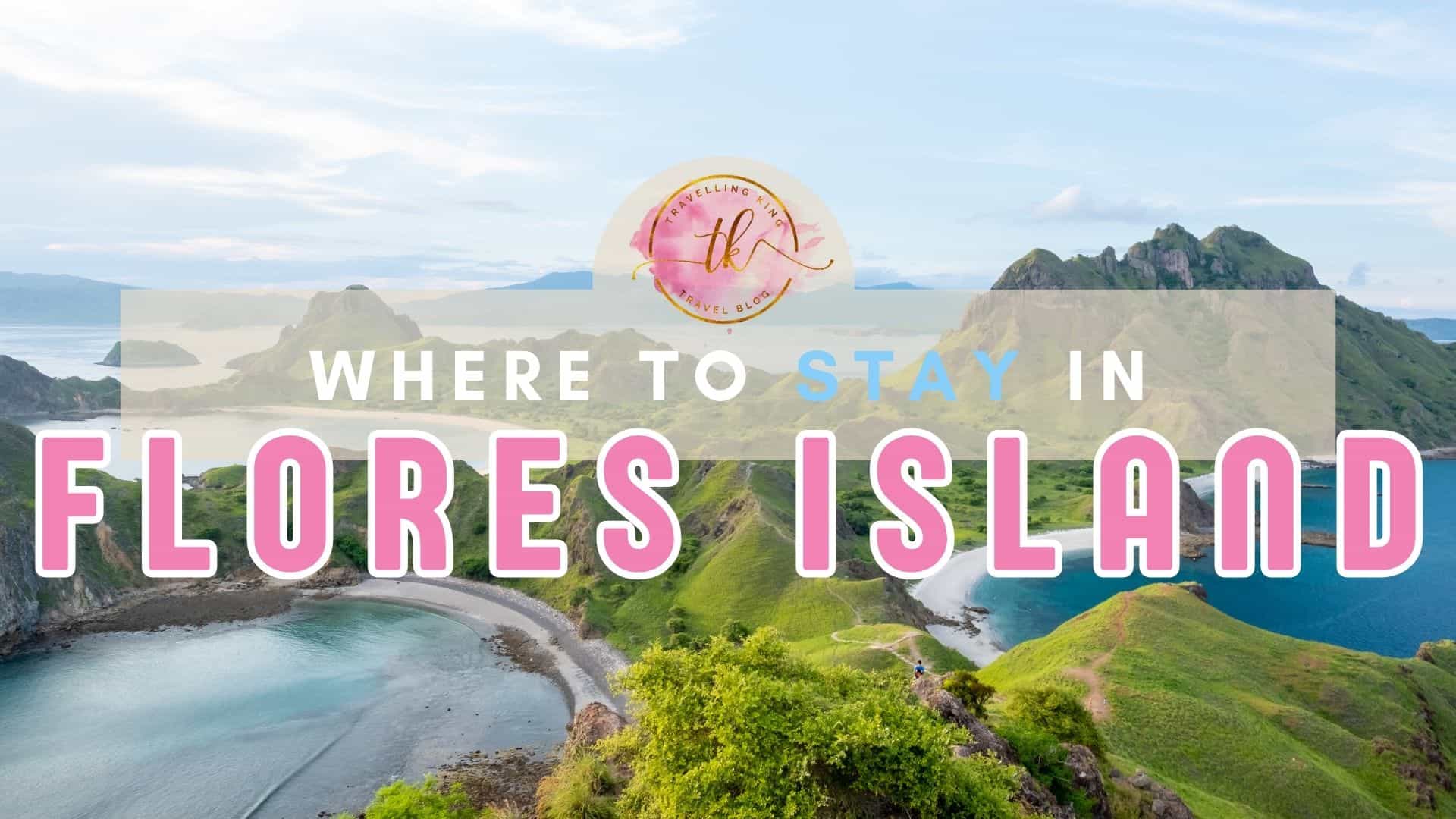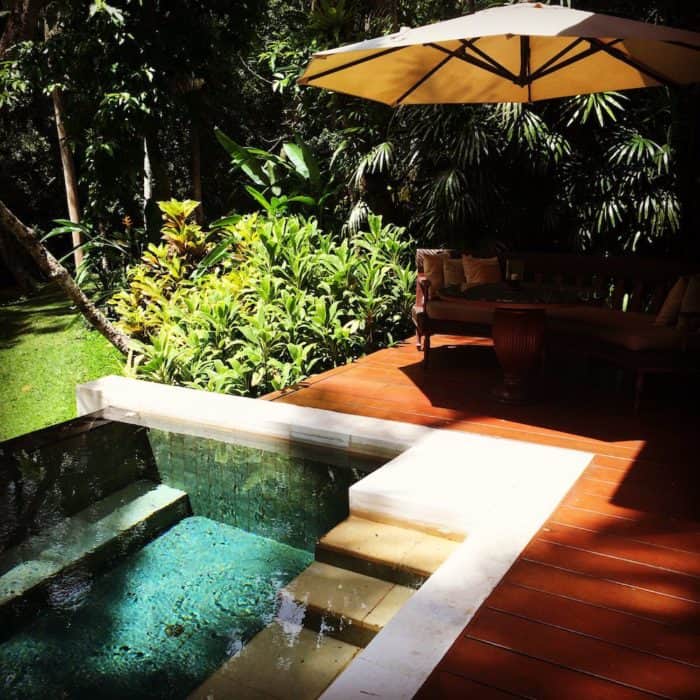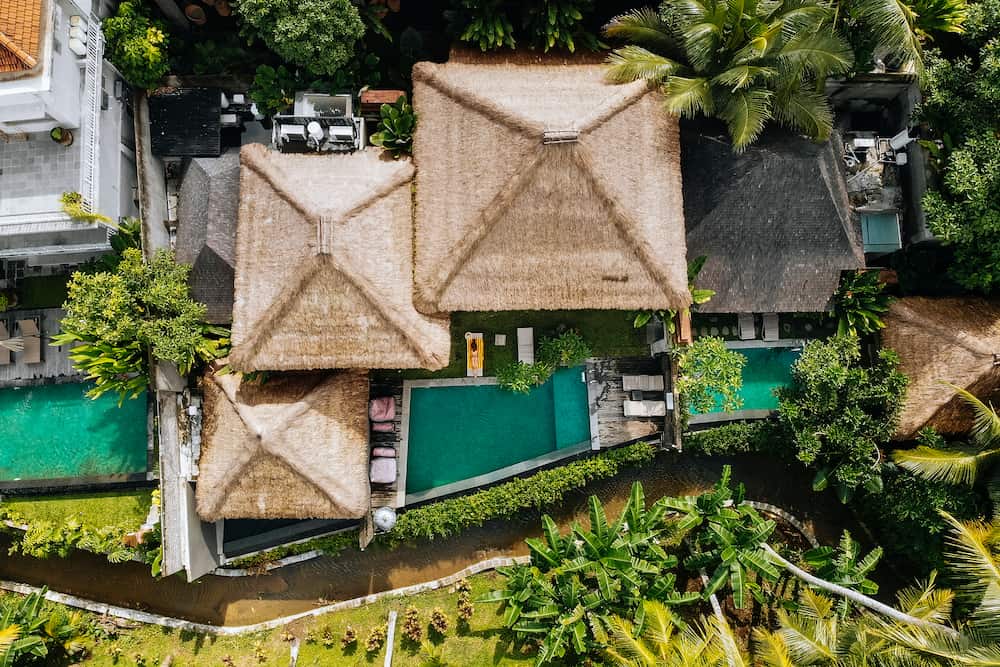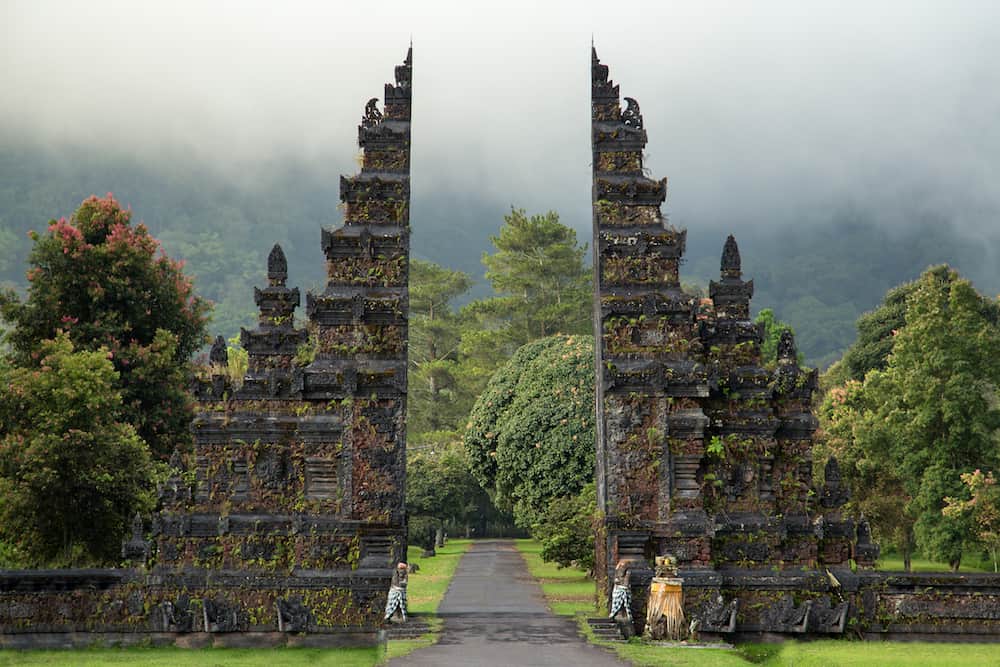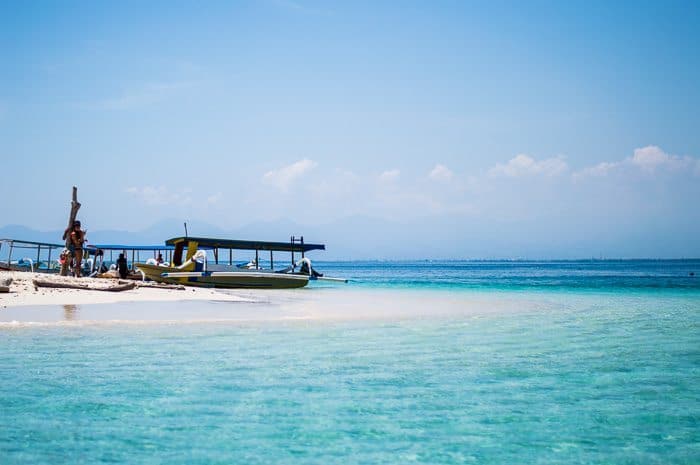The Best Diving Spots in Indonesia
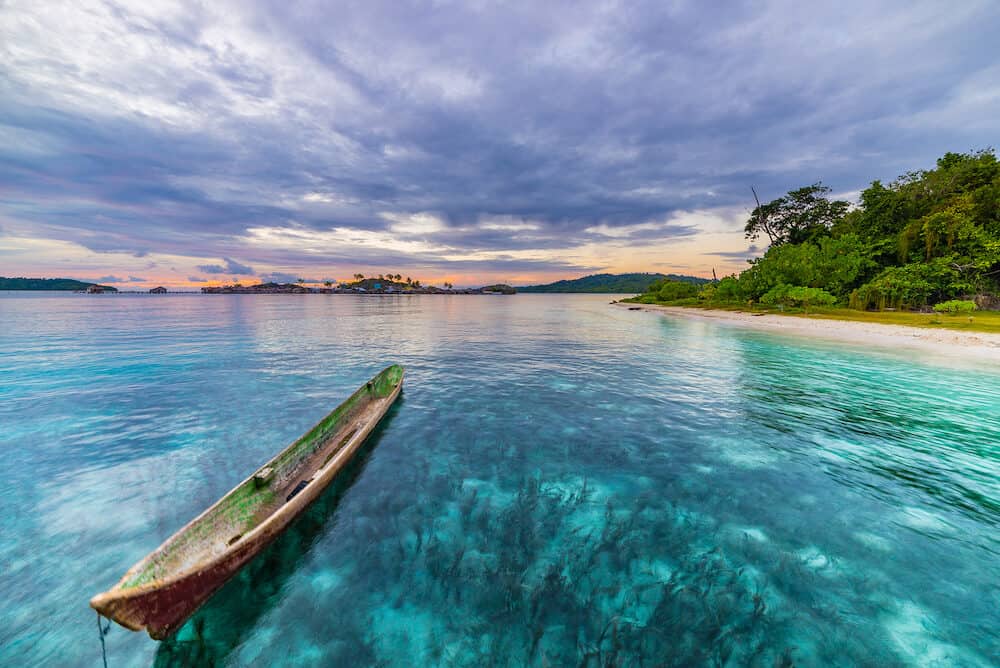
Indonesia is famed for being the hub of the world’s marine diversity, consisting of an inconceivable archipelago of 18,307 tropical with diverse marine ecosystems.
The reason that it is undoubtedly one of the most renowned travel destinations for divers is due to the astounding array of vibrant marine flora and fauna making up 20% of the world’s total marine life!
The country is a gateway to a wealth of diving opportunities and close encounters with a diverse range of species, ranging from colourful coral gardens filled with tiny macro critters such as mandarinfish and pygmy seahorses hiding amongst the corals, to huge pelagic animal encounters with manta rays and prehistoric-looking Mola Molas which will take your breath away!
For divers who want to immerse themselves in history, there are plenty of eerie World War II wrecks and relics which will transport you to a lost era.
With over 18,000 islands, there are an unlimited amount of sites to suit every kind of diver from beginner to expert with excellent visibility and conditions almost all year round.
With the sheer quantity of exciting dive sites to explore, why wait? Dive Indonesia to experience underwater exploration in exquisite and pristine underwater ecosystems as well as get up close and personal with creatures great and small!
Here in our guide to the best diving in Indonesia to find the destination of your dreams, to suit your diving level and experience. Indonesia has everything to make your diving dreams come true and is a destination that should be on any diver’s bucket list!
Plan your trip
Save on fees abroad with the Wise Card—use it at ATMs, restaurants, and for flights or hotels in over 150 countries. Manage 40+ currencies in real-time with the Wise app.
Need Help Planning?
- Cheap Flights: Find the best deals.
- Accommodation: From hostels to luxury stays.
- Car Rental: Affordable options worldwide.
- Sightseeing Tours: Explore without breaking the bank.
- Travel Adapter: One adapter for all your needs.
- Travel Insurance: Don’t risk it—stay covered.
This post includes affiliate links. Read my full disclosure and content policy.
The best time to dive in Indonesia
Because Indonesia is made up of a widespread archipelago which stretches across great expanses of water, weather and conditions can change from one place to another.
The most recommendable period to visit is in what is known as the dry season, which means that you can avoid the possibility of monsoon storms and choppy waters. The dry season starts in April and ends in December.
Outside of the dry season, many sites can still be dived but conditions will be a little less predictable, meaning that liveaboards or diving expeditions can be cancelled at short notice if the weather conditions do not allow for safe travel at sea.
In general, the sea temperatures range between a pleasant 28°to 30°C and the range of visibility varies from between 15 to 30 metres, worsening slightly during plankton blooms.
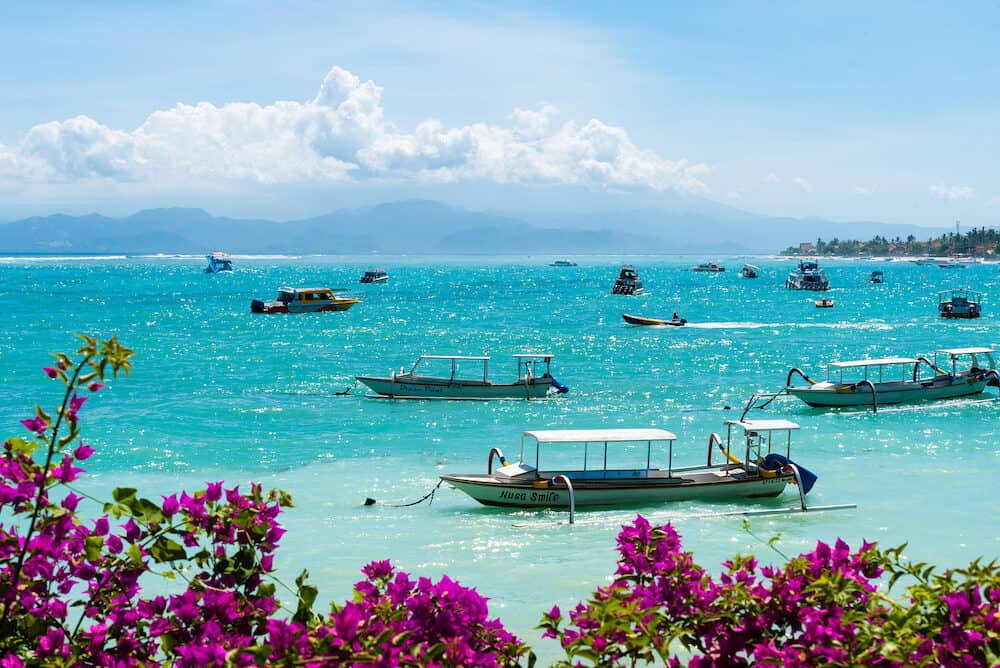
What can I see in Indonesia
With the incredible diversity of marine life in Indonesia, divers are spoilt for choice. The biggest draw to Indonesia are the seasonal and frequent sightings of incredible pelagics such as the endangered whale shark, a gentle plankton-feeding giant and the majestic Manta Ray gracing you with their elegant ballet-like movements.
Other giant creatures include large Green turtles that cruise the reefs and can be easily seen around many of the islands, as well as the seasonal appearance of the prehistoric Mola Mola which will be sure to stun you with its sheer size and appearance!
There are also different species of sharks in Indonesia that are not dangerous to humans, you can encounter Blacktip Reef Sharks, Whitetip Reef Sharks, Grey Reef Sharks, Thresher Sharks, small Catsharks and Dogfish, as well as Angelsharks.
There is a chance to spot the elusive Hammerhead Shark, the only shark species that could be potentially dangerous to humans, however, attacks on humans are very rare. These sharks are spotted in schools at plunging wall dives at greater depths though close encounters with divers are uncommon.
In our guide we will show you the very best dive sites in Indonesia to encounter larger species like sharks and mantas, but there is plenty more to discover in this paradise for keen underwater photographers or nature lovers, with plenty of incredible macro diving and muck diving!
Your experienced dive guides will reveal tiny creatures imperceptible to untrained eyes that will surprise you such as the miniature pygmy seahorse, colourful frogfish, the vibrant mandarinfish, nudibranch, and all kinds of crustaceans such as crabs and shrimps.
Critters can be found in every inch of the reef, every nook and cranny is teeming with life and stunning colours, just like diving in an aquarium! What are you waiting for? A whole other world is waiting for you under the crystal clear waters of Indonesia!
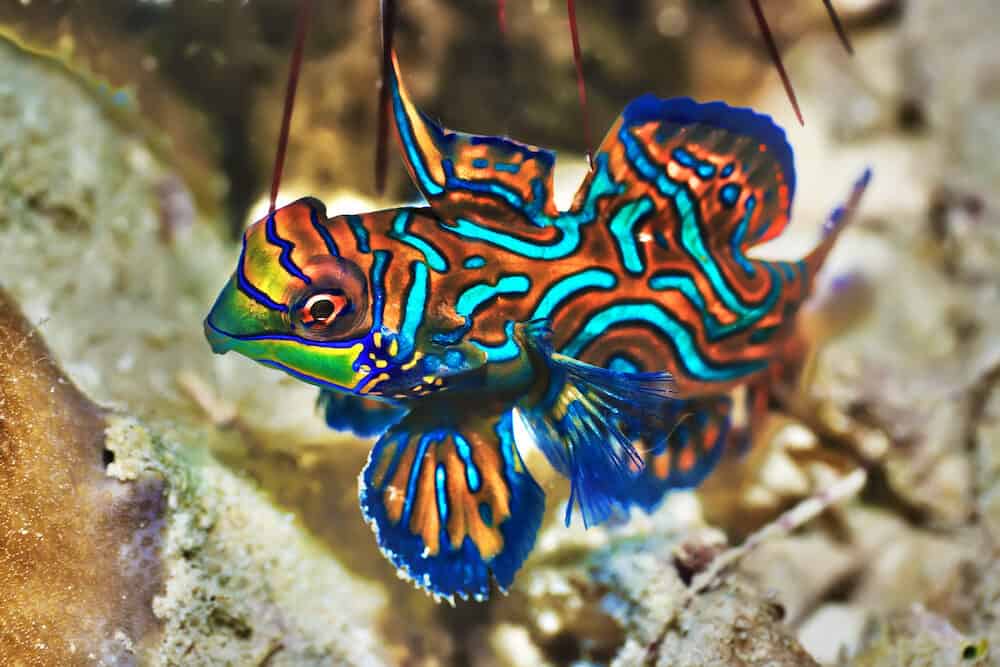
The best diving spots in Indonesia
Raja Ampat Islands
In Indonesia the magnificent Raja Ampat Islands are second to none, rating as one of the world’s ultimate diving destinations. The 1,500 islands dotted around the north-western point of Irian Jaya offer plenty of opportunities to explore a varying underwater landscape, bursting with life.
Raja Ampat’s reputation comes from the sheer mind-blowing amount of species that inhabit these islands, including 1,200 fish species! In fact, 284 different species were identified in only one dive! In fact, Rajah Ampat also boasts an inconceivable variety of corals, making up 75% of the world’s total of coral species!
One of the biggest draws for divers to the crystal clear seas of Raja Ampat is the chance to see the highly-endangered and magnificent whale shark which gather in a resident colony near Cenderawasih Bay and can be seen year round!
The best time to dive in Raja Ampat is usually from the middle of July to the middle of September, this is when you have the best chance to travel there because of the calm seas, lack of monsoon storms and great weather. The dry season is the peak period to visit Raja Ampat by liveaboard, the preferred way to experience these amazing dive sites.
Aside from whale sharks, there are several nesting beaches for the biggest turtle species in these waters, the Pacific Leatherback, giving you a good chance to encounter this wonderful local species.
The best sites to dive are Manta Sandy, where (you guessed it) there is a good chance observe the balletic dance of the manta ray; kaleidoscope, which is a celebration of colour in the corals and marine life found on the site; and Boo Rock, with its swim throughs that make up “eyes” in the landscape of the reef.
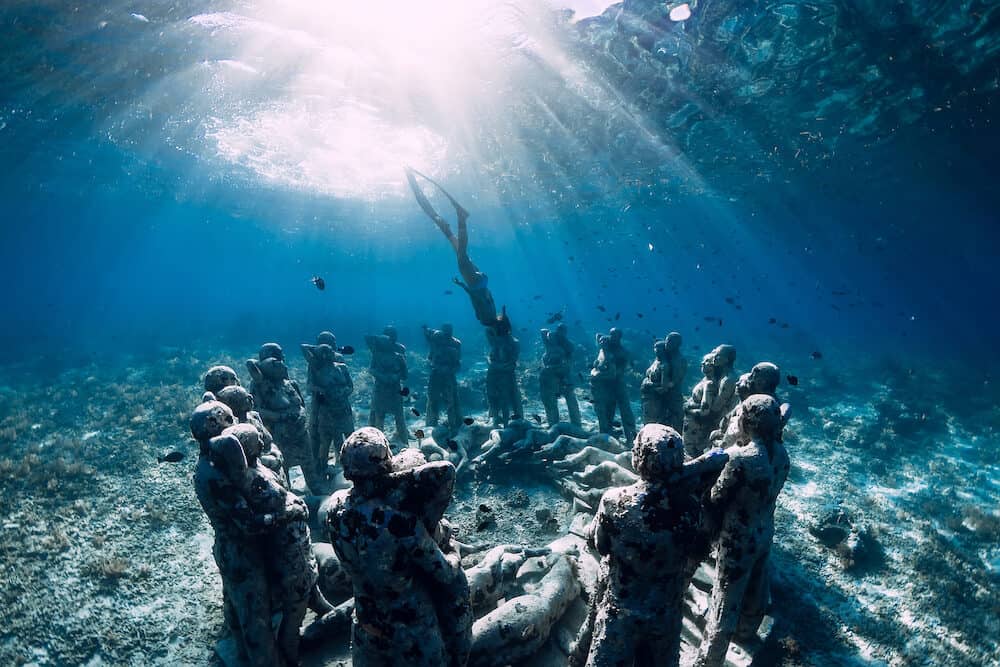
For those who love history, there are a wealth of wrecks in Raja Ampat such as a Japanese Navy Patrol boat from World War II which is now a thriving colony of corals and sponges, though you can still see the ammunition and switchboards when penetrating the wreck. This is a site for experienced and certified wreck divers.
For less experienced divers, you can visit the Cross Wreck which sits at just 18 metres, it is also home to a variety of frogfish, seahorses and leaf fish.
There is also the stunning Shinwa Maru, 120 metre-long World War II cargo ship which still has ammunition, car batteries, mine-sweeping equipment and kitchen equipment on board. Last but not least, the impressive P40 sunken aircraft can be dived near Manokwari and is a sight to behold.
With such a wealth of options, there’s no excuse not to visit Raja Ampat! The very best way to experience the magic of these islands is on a liveaboard. Though there are liveaboards all year round, it’s advisable to avoid the months of May to September due to the difficult and unpredictable sea conditions.
Most liveaboards will depart from the coastal town of Sorong, in Papua and the dive operators will organise a pickup from the airport to the liveaboard.
The best budget liveaboard to Raja Ampat is the Pearl of Papua, which has a touch of luxury at an economical price with fully-furnished cabins, massage service onboard and includes gear stations, camera tables, charging stations batteries and laptops for the avid photographer or videographer. Their liveaboards last between 8 to 11 days and cost from €312 per person per night.
If your budget stretches a little further, take a trip on the gorgeous Sea Safari 8, a traditional 34 metre-long Phinisi vessel. The 12 cabins are fitted with en-suite bathrooms and televisions as well as air-conditioning. There are also entertainment systems in the indoor lounge, a bar and a sun deck to work on your tan between dives.
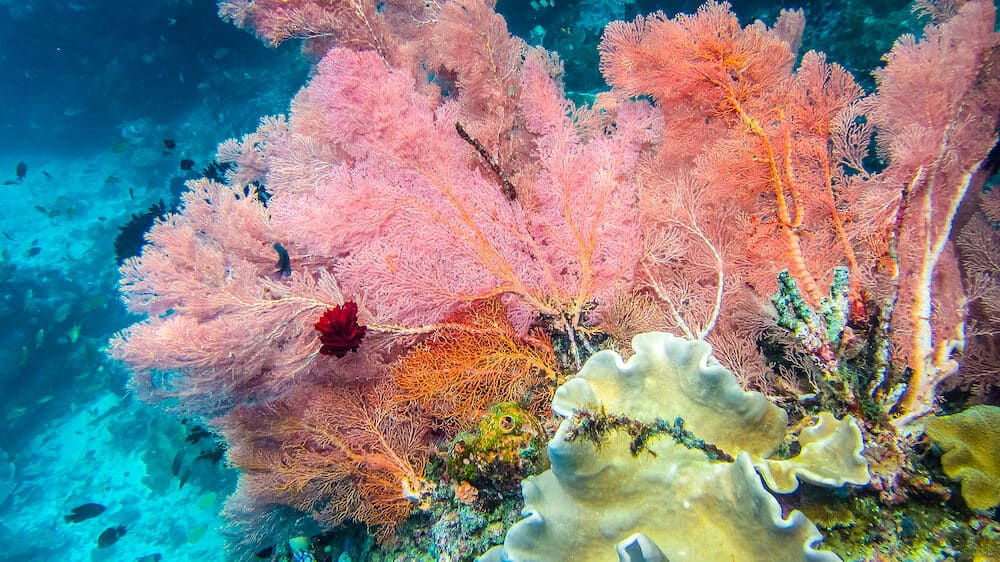
How to get to Rajah Ampat
Rajah Ampat can be reached by air, via Jakarta, Manado, Ambon or Makassar. The main airport is Sorong and several budget airlines fly there including Lion Air and Xpress Airlines or the national airline, Garuda Indonesia.
From there most liveaboards organise a pick-up to take you directly to the boat from the airport. If you choose to stay in Raja Ampat, the best option is Misool, where there are many resorts and diving centres. Opt for a homestay where you can enjoy the rustic life in a an over-water bungalow or stay in a luxurious eco-resort with its own house reef!
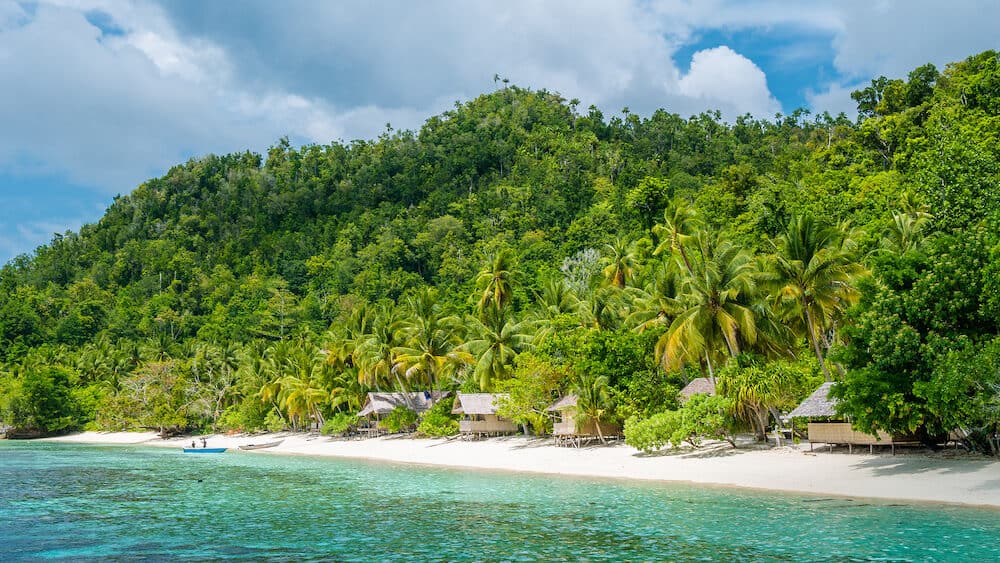
Komodo National Park
The Komodo Islands are famous for their mighty Komodo Dragon population as well as a wealth of varied other species under the water from the smallest seahorse to big sharks and playful dolphins, as well as some of the larger pelagics which may be cruising the varying landscape of this stunning UNESCO World Heritage marine reserve.
Komodo National Park is best suited to divers with a few dives under their belt as the currents around the sites can often be quite strong and a lot of dives will be done as drifts, meaning that you will be dropped off at one point and the current will take you to the exit point, while the reef flashes before your eyes.
The best dives in Komodo can be experienced at Manta Point where divers may be rewarded with an up-close and personal encounter with a Manta Ray!
Batu Bolong is another favourite: a reef which plunges to a depth of around 70 metres where you can even spot white-tip sharks, large schooling trevallies and barracudas and some formidable bumphead Napoleon Wrasse. Other notable sites are Tatawa Kecil and Batu Tiga.
The best way to explore Komodo’s dive sites is by liveaboard, for a budget friendly option, head out on the KLM Moana, a sumptuous liveaboard made of ironwood and teak and only 5 air-conditioned cabins which can host 10 divers in total making it an exclusive liveaboard with small-groups for diving, there is also an option to sleep under the stars on the deck. A six-day, five-night liveaboard.
For those on a bigger budget, La Galigo is the perfect choice. The magnificent Phinisi sailing boat offers luxury at a budget-friendly price.
It has 7 cabins that are fitted with air-conditioning and en-suite bathrooms with the most comfortable mattresses. The luxury suite has its own private balcony as well as a Playstation 4 and HD television. The boat is equipped with power points, communal TV on the main deck. A nine-day, eight-night liveaboard.
Recommended diving trips from Komodo:
- Departure of 3 daily dives in the Komodo National Park
- PADI Open Water course in Komodo!
- Komodo Diving
- Scuba Dive Komodo National Park – 3 dives (certified divers)
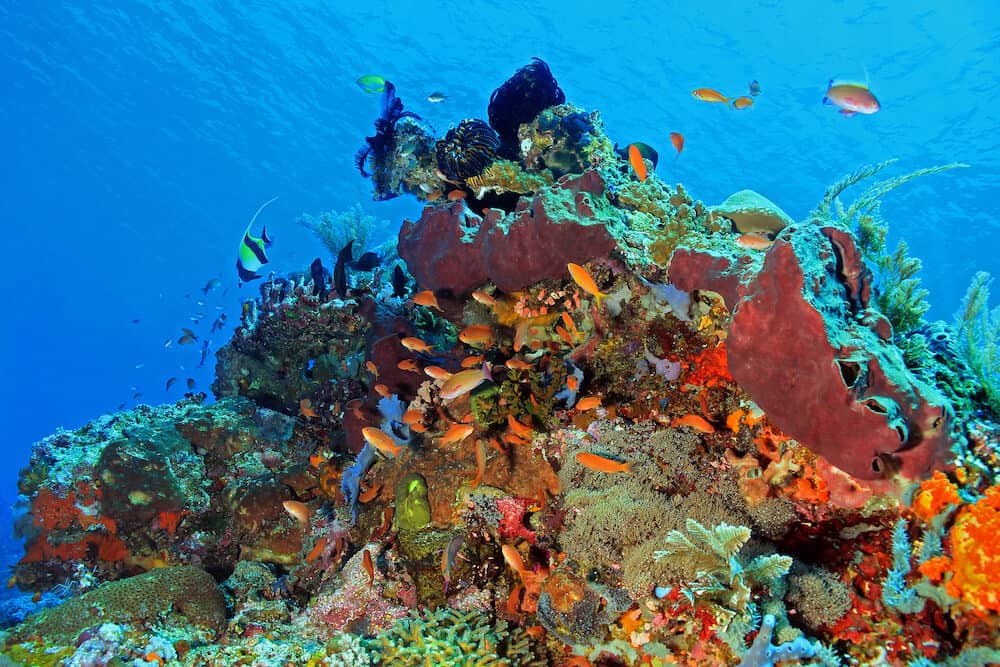
How to get to Komodo National Park
Komodo can be accessed via Denpasar in Bali, and there are flights that take you to the closest Labuan Bajo airport with access to the park, the flight tickets as there are only a few flights departing each day but it is the easiest way to get to Komodo.
There is a 26 hour ferry that does travel to Komodo, but is not recommended due to safety reasons.
The best way to dive Komodo is via liveaboard, as mentioned previously. Once you arrive at Labuan Bajo you can find a few eco resorts and hotels where you can stay including the luxurious Angel Island Eco Resort with its private beaches and dive school for €329 per night for a smaller bungalow.
For those on a tighter budget, Blue Marlin Komodo offers clean, budget accommodation including dorm rooms from €10 or private rooms from €60 a night and their own diving school.
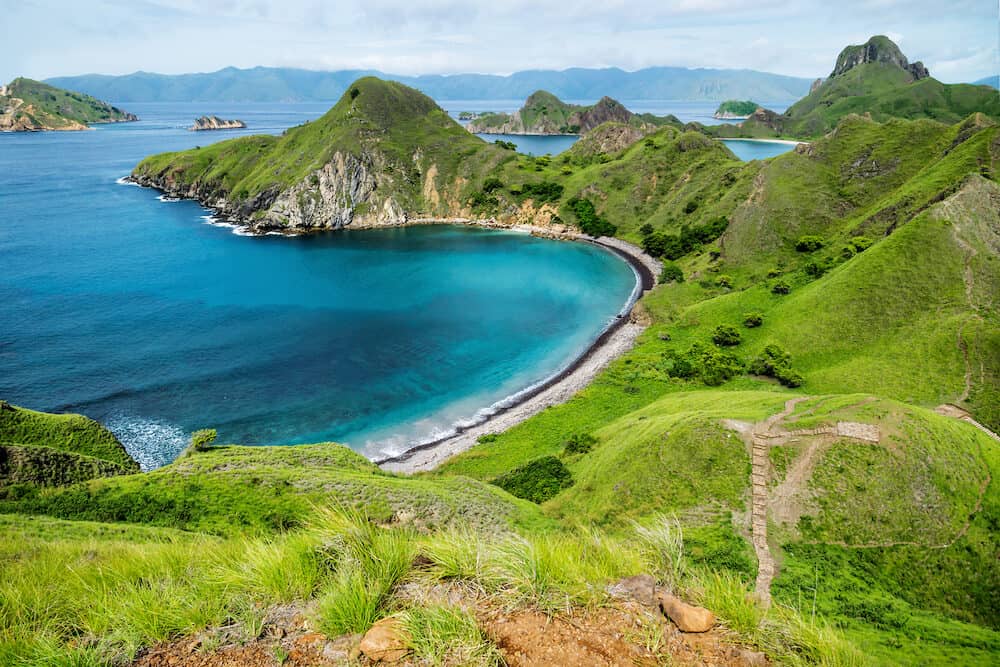
Bali
Bali is one of the easiest diving hubs in Southeast Asia to visit, due to its popularity as a major tourist destination, with the island catering to everything from nightlife, history to culture, but it is also a fantastic destination for wreck diving with a great World War II wreck just situated off its beaches.
For big creature encounters, visit during Mola Mola season, between the months of June and July, October and November, to have a close encounter with one of the largest bony fish in the world! The Mola Mola’s prehistoric appearance and sheer size makes it an incredible close encounter and one of the most highly-desired encounters on divers’ bucket lists.
There are also great opportunities to dive with gentle, majestic Manta Rays which frequent some sites between the months of December and January and during the summer months from June to August.
Due to the frequency of such encounters, Bali is a diving destination that attracts a lot of tourists, to avoid the crowds you will need to wake up early. Some of the best places to encounter Mola Mola and Manta Rays are dotted around the Gili Islands, Nusa Penida and Nusa Lembogan are popular sites, both situated a half-hour boat trip away from the Gilis.
Manta Point is the most attractive site for divers due to the fact that there is a good chance of sighting Mantas here, it is also shallow and accessible, though at times the conditions at sea can be a bit choppy. Other sites that may surprise you with a close encounter with either of these creatures are Jangka Point and Blue Corner, as well as Crystal Bay.
The USAT Liberty Shipwreck is an incredible site for history buffs, situated in Tulamben, this US Army cargo ship was sunk by a torpedo and grounded upon the volcanic, black sand beaches of Bali, years later a volcano erupted and pushed the ship into the shallow depths of 13 metres, with its deepest point at only 22 metres.
This is an ideal shipwreck which has its guns, airplane wings, boots intact aboard and can even be snorkelled. The incredible black sand means that any colourful critters on the sand pop vibrantly and can be easily distinguished against the stark background, making this a great macro dive as well.
Recommended diving trips from Bali:
- Bali Scuba Diving trip at Tulamben for Certified Diver
- Bali Scuba Diving at USS Liberty Shipwreck
- 3-Day PADI Open Water Scuba Diving Certification Course in Bali
- Bali Fun Scuba Dive for beginners in Tanjung Benoa Beach
- PADI Advance Open Water Course in Bali
- Open Water Course in Tulamben – Get Certified in Bali
- Discover Scuba Dive (No Certified Needed) Trip from Bali to Lembongan and Penida
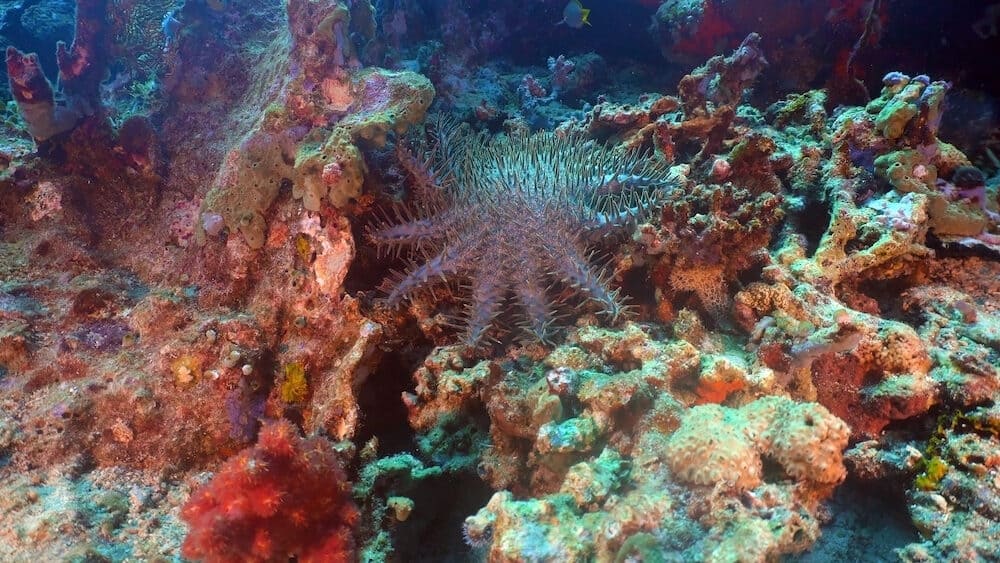
How to get to Bali
Bali is easily accessible via Denpasar Airport and there are plenty of cheap flights from Jakarta. From Bali, there are two ferries to take to reach the Gili Islands and it’s a long journey, the public ferry takes around five hours.
Alternatively you can also fly to Lombok with a cheap carrier like Lion Air, if sea travel is not for you. From Lombok to the Gili Islands the ferry ride is under an hour and can be as quick as 30 minutes.
On the Gili Islands you can dive from Manta Dive Gili Air Resort which boasts several luxurious traditional-style bungalows and garden-facing rooms with prices starting from €56 per night.
If you’re keen on diving the Tulamben USAT Liberty wreck, Tulamben Wreck Divers has excellent service and they dive the wreck straight off their beach and offer all-inclusive dive and accommodation packages for budget-conscious divers.

Togian Islands
Second to only the formidable Raja Ampat, the Togian Islands in Northern Sulawesi has a reputation for some phenomenal diving!
The staggering 56 islands which make up the group of Togian Islands include the incredible Pulau Bunaken which has crystal clear waters, an abundance of marine species that inhabit the reefs and some incredible war wrecks which will keep any history buff happy.
Here you could even have a close encounter with the endangered dugong one day and be diving a sunken bomber plane from world war II the next! Because the Togian Islands are pretty remote, you can enjoy the best diving in unspoilt and peaceful dive sites as it is off the well-trodden tourist paths.
Liveaboards are one of the best ways for you to explore the best kept secrets of the local reefs. Don’t miss out on Kadidiri dive sites or the B24 Bomber just an hour from Kadidiri by boat!
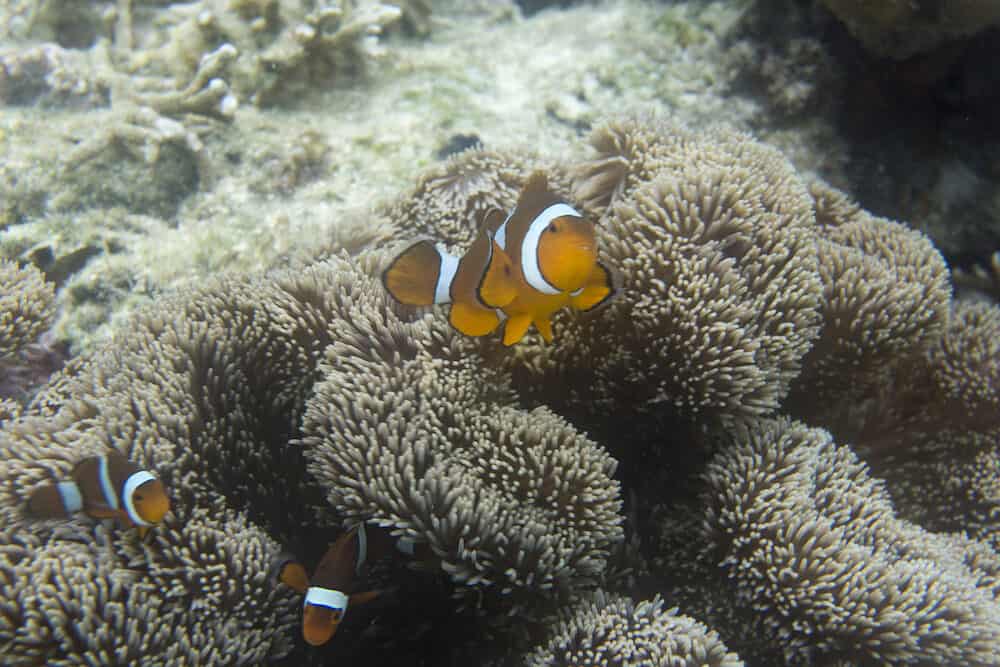
How to get to the Togian Islands
Due to its remote location the Togian Islands are accessed either by air or by liveaboard. You can get to Togian by flying from Palu to Ampana, Palu is accessible via the main airports including Jakarta and Bali. From Ampana, there are regular boats that take around five hours.
From Jakarta you can also fly to Gorontolo and take the hour long car ride to the ferry terminal where boats depart daily to the Islands and the journey takes around 12 hours.
Liveaboards are the easiest way to get there and will save you a lot of travelling. KLM Sunshine dives the Togian Islands and has only four cabins and prices start from €160 per day, including all equipment.
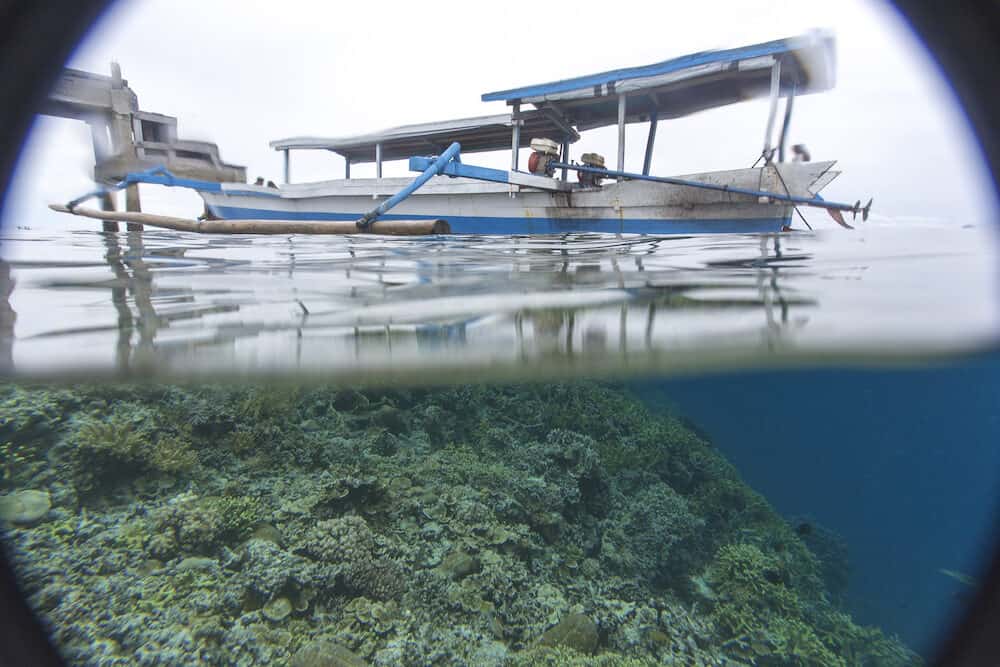
Pulau Weh
Pulau Weh is a protected marine ecosystem where you can encounter some rare species and also dive some sites that are off the beaten path. Due to its remote location near the Banda Sea, dives to immaculate and undamaged reefs allow you to discover a number of rare and uncommon critters.
One of the most outstanding sites is Sophie Rickmer’s Wreck, a deep cargo wreck which is home to giant morays and groupers that find shelter amongst the structure of the shipwreck, whilst flickering silver schools of giant trevallies surround the ship.
Other notable sites are Panee Peunateung, Batee Tokong and Rubiah Sea Gardens where you may encounter blacktip reef sharks, devil rays and friendly turtles.
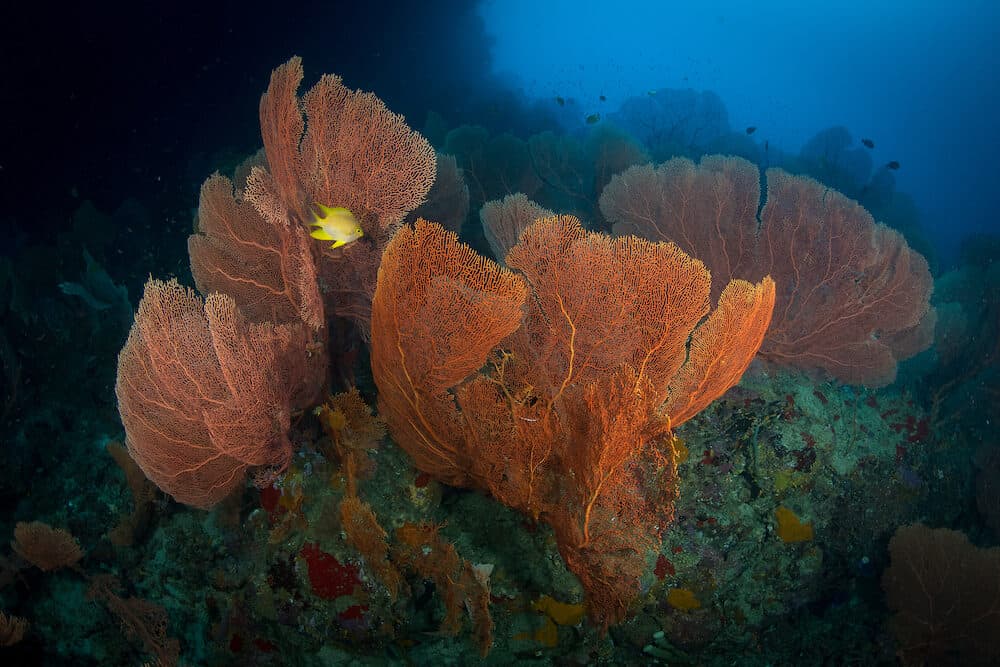
How to get to Pulau Weh
Pulau Weh is situated in Banda Aceh in Northern Sumatra and can be accessed from the harbour called Ulee Lheu which is a twenty minute taxi ride from the airport in Banda Aceh.
The ferry to Pulau Weh takes only 45 minutes making it an accessible and fantastic option for those who are short on time and want to maximise their diving time.
For a great dive hotel in Pulau Weh check out Casa Nemo Beach Resort and Spa or Freddie’s Santai Sumurtiga which offer budget rooms under €35 per night for beach bungalows and access to incredible diving. Most of the accommodation are relatively basic beach bungalows and there are few luxury options.
Pulau Weh is best visited during the months of April to October where you can enjoy good weather, conditions and visibility.
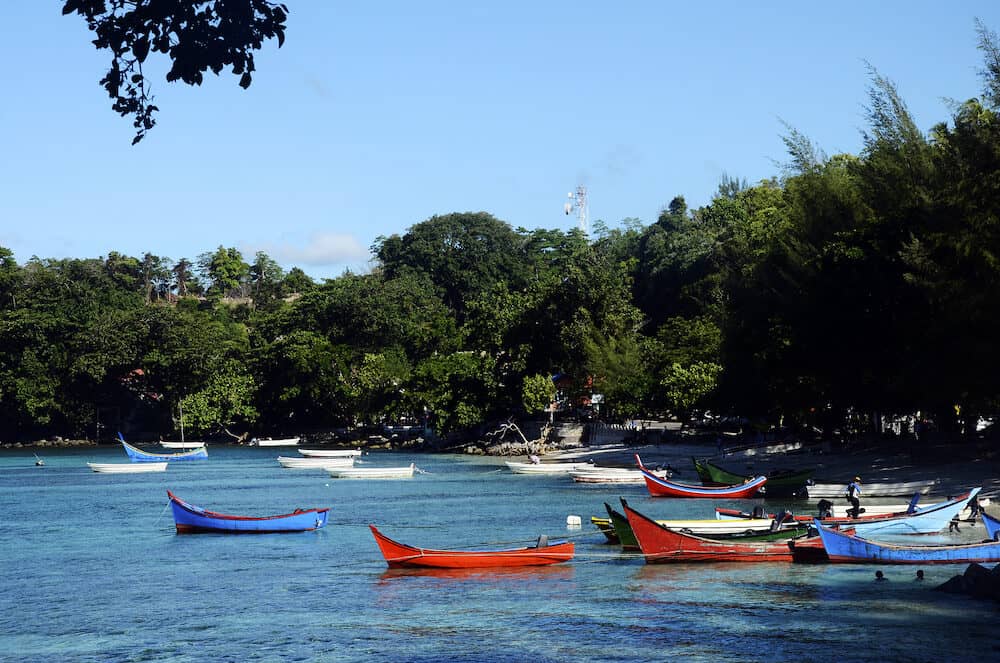
Wakatobi Islands
The Wakatobi Islands extend into the Banda Sea and is another one of Indonesia’s top diving destinations since it is a protected marine park bursting with sea life and colourful corals.
The best thing about diving Wakatobi is that you can dive with a conscience, because some profits from dive tourism will help the local residents as well as contribute to the protection and conservation of the national park.
The four fantastic islands of Binongki, Wangi, Kaledupa and Tomea are off the beaten path and many of the sites are pristine and not well-known by divers, yet the superb 25 reefs hosts over 900 fish species making this an amazing diverse destination to explore!
The formation of the island protects dive sites from difficult and challenging currents which makes it perfect for those who are new to diving or wish to begin their diving adventures by doing a course, whilst there is plenty to offer for divers with more experience seeking amazing marine life and stunning reefs.
Wakatobi is best dived during the months of March to December where ou can enjoy great sunny weather and calm seas.
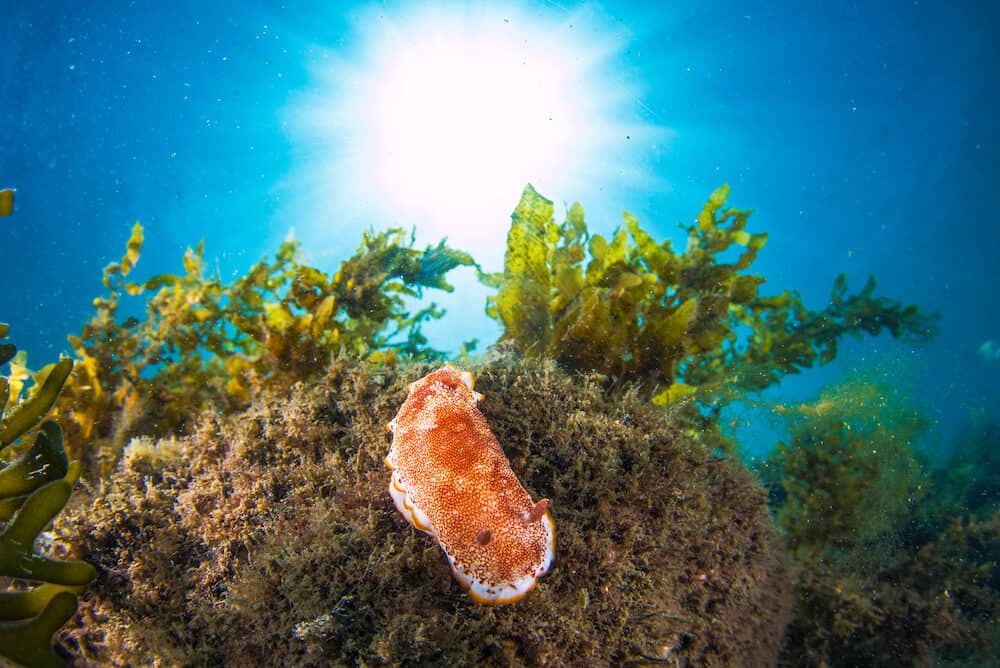
How to get to Wakatobi
Wakatobi can be reaches via Bali or Jakarta airports, from there you have to travel to Wangi-Wangi Island’s Matahora Airport by plane. From the airport, the four islands are accessible by boat and there are ferries which will take you to your destinatino. If you book with a dive resort, they may offer you transfers from the airport to the hotel.
One fantastic hotel which offers free transfers is the gorgeous Wakatobi Dive Resort which is a luxury hotel with bungalows dotted on the white sand beaches and incredible house reefs on your doorstep! They also offer trips to further flung sites. Book a diving package which includes accommodation and diving to make the most of your stay.
For a more budget option, stay at Wakatobi Patuno Resort which offers more basic and functional bungalows, restaurant and a scuba diving school all situated by the beach. Prices start at €38 per night for a room.
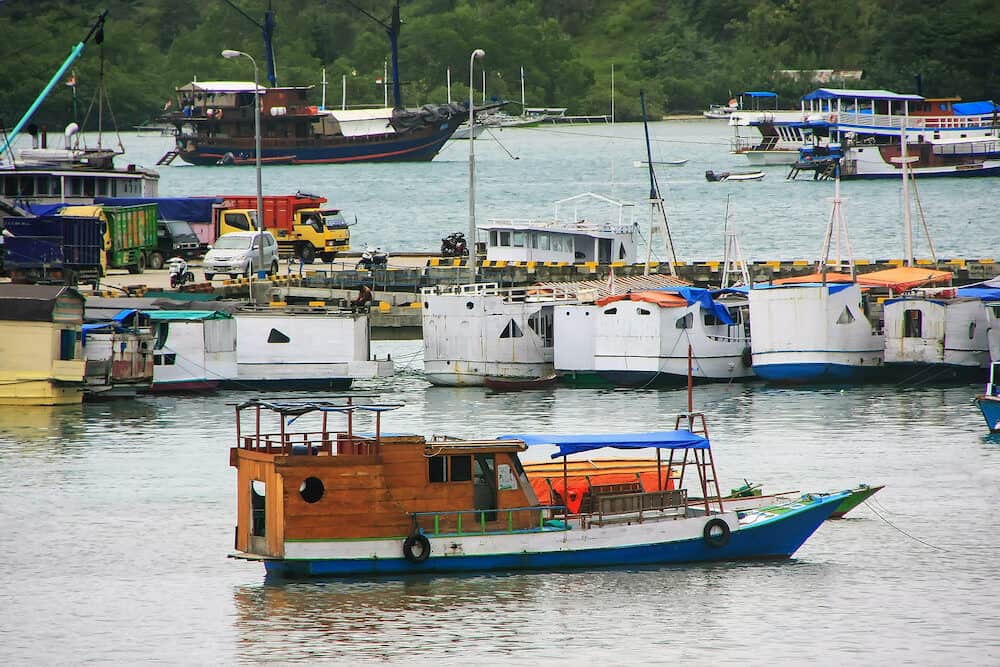
Recommended Dive tours in Indonesia
- Bali Scuba Diving trip at Tulamben for Certified Diver
- Bali Scuba Diving at USS Liberty Shipwreck
- 3-Day PADI Open Water Scuba Diving Certification Course in Bali
- Scuba Diving at Padangbai: Shark Point and Blue Lagoon
- Departure of 3 daily dives in the Komodo National Park
- From Lembongan: Fun Dive Package to Nusa Lembongan and Nusa Penida
- PADI Open Water course in Komodo!
- 3N2D (Beachfront) Diving Packages to Nusa Lembongan and Nusa Penida
- 7 Fun Dives (for certified divers) – Premium Value Package
If you’d like to save it for later, please save it to Pinterest.
